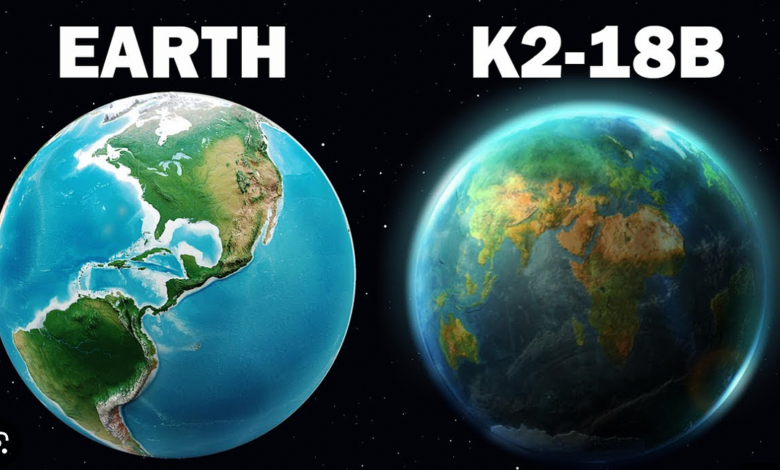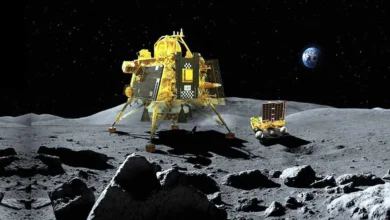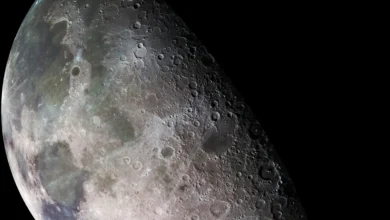James Webb space telescope unveils potential signs of alien life on exoplanet K2-18b
Dimethyl sulfide (DMS), a chemical molecule that is only formed on Earth by biological processes involving phytoplankton in marine environments, was found to be one of the possible indicators of alien life

On the far-off exoplanet K2-18b, NASA’s James Webb Space Telescope (JWST) is said to have found what may be the strongest indication of extraterrestrial life yet. This finding could revolutionize our knowledge of life beyond Earth. This discovery was made as the JWST, the most sophisticated space observatory to date, examined the atmospheric makeup of K2-18b, an exoplanet that is roughly 124 light-years from Earth.
Dimethyl sulfide (DMS), a chemical molecule that is only formed on Earth by biological processes involving phytoplankton in marine environments, was found to be one of the possible indicators of alien life. The discovery of DMS in K2-18b’s atmosphere raises the possibility that life exists on this exoplanet, although probably extremely different from what we know on Earth.
K2-18b is a planet with a size less than that of Neptune that revolves around its red dwarf host star within its habitable zone. Because of its location, the planet’s surface temperature may be high enough to support liquid water, which is essential to life as we know it. NASA’s Kepler telescope made the first discovery of the planet in 2015, and Hubble Space Telescope studies in 2018 verified that water vapor was present in the planet’s atmosphere.
By delivering the most comprehensive atmosphere spectrum of a habitable sub-Neptune planet to date, the JWST has advanced the research. In addition to DMS, the examination also showed considerable levels of carbon dioxide, methane, and hydrogen, with lower levels of ammonia. These results suggest that K2-18b is a Hycean world, a kind of exoplanet with an oceanic layer atop an icy mantle and an atmosphere rich in hydrogen.
Although DMS detection does not prove life exists on K2-18b, it does put the planet at the forefront of planets that may be habitable. The study team intends to use the JWST to do additional observations to gather more data that might confirm or deny the existence of life on K2-18b. Astronomers are particularly interested in exoplanets because they represent a kind of planet that may be able to support life. As of the latest available data, there are 5,653 confirmed exoplanets discovered in 4,161 planetary systems, with 896 systems having more than one planet.
You might also be interested in – Two teams of Indian students won at the NASA Human Exploration Rover Challenge



